 The favorite tool of all Madagascar users, SCons, is featured as the December 2014 Community Choice Project of the Month at SourceForge.
The favorite tool of all Madagascar users, SCons, is featured as the December 2014 Community Choice Project of the Month at SourceForge.
SCons is a software construction tool (build tool, or make tool) implemented in Python, which uses Python scripts as configuration files for software builds. It is an easier, more reliable, and faster way to build software, solving a number of problems associated with other build tools, especially including the classic and ubiquitous make itself.
Distinctive features of SCons include: a modular design that lends itself to being embedded in other applications; a global view of all dependencies in the source tree; an improved model for parallel (-j) builds; automatic scanning of files for dependencies; use of MD5 signatures for deciding whether a file is up-to-date; use of Python functions or objects to build target files; and easy user extensibility.
A large number of open-source projects, companies, universities, and other scientific institutions use SCons as their build system, and are very happy with its stability and ease of maintenance. There are also several projects like Parts, PlatformIO, Madagascar, and FuDePAN, which use the SCons framework as a building block to provide highly specialized build environments to their users.
Back in 2006, when Madagascar became an open-source project, SourceForge was the dominant platform for such projects. Since then, it has remained a highly useful resource but has lost its popularity to GitHub.
Madagascar developers have not yet seen a compelling need to migrate the Madagascar repository from SourceForge to GitHub or to switch from Subversion (SVN) to Git, but will keep all options open.
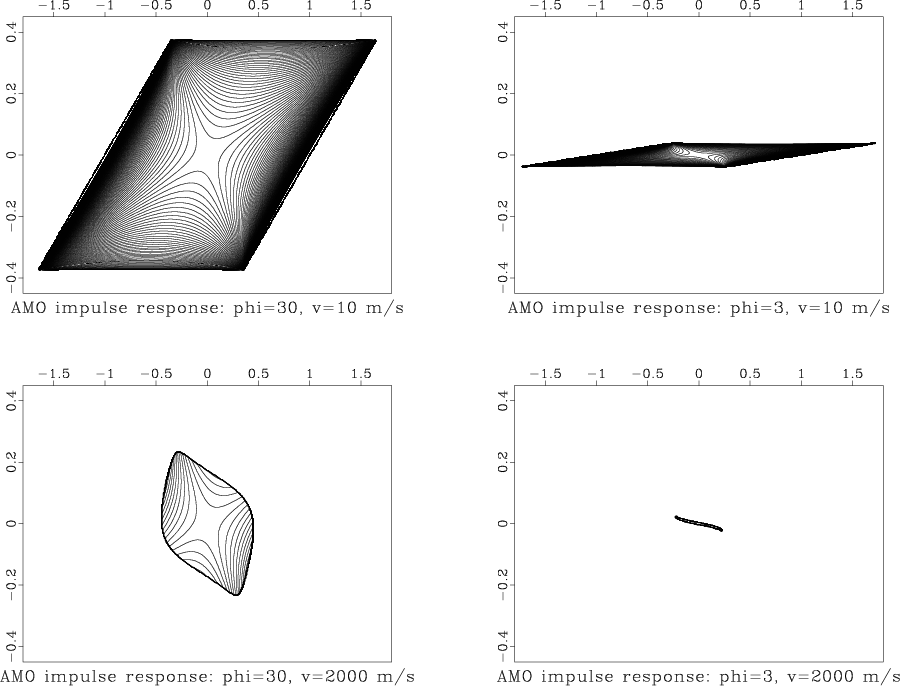
 which corresponds to the following distribution of common midpoints
which corresponds to the following distribution of common midpoints  Optionally, sfbin can also output the fold map (using fold= parameter). The fold map shows the number of input traces in each output bin.
Optionally, sfbin can also output the fold map (using fold= parameter). The fold map shows the number of input traces in each output bin.  Parameters that control output grid sampling are nx=, dx=, x0= (for the second axis), ny=, dy=, y0= (for the third axis). Alternatively, one can specify the range values xmin=, xmax=, ymin=, ymax=.
Parameters that control output grid sampling are nx=, dx=, x0= (for the second axis), ny=, dy=, y0= (for the third axis). Alternatively, one can specify the range values xmin=, xmax=, ymin=, ymax=. 


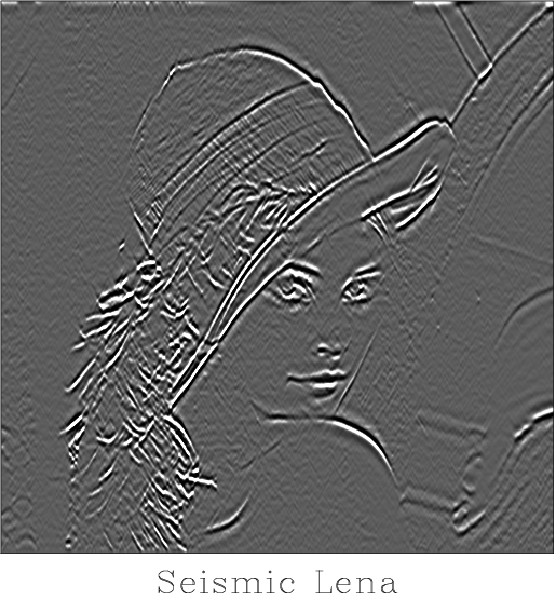
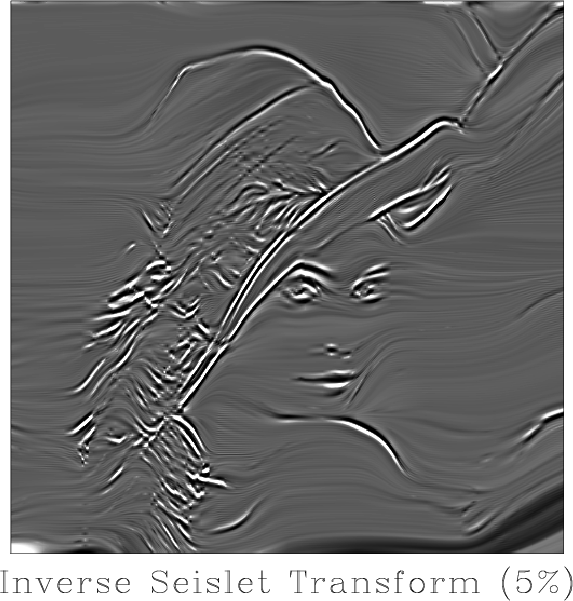
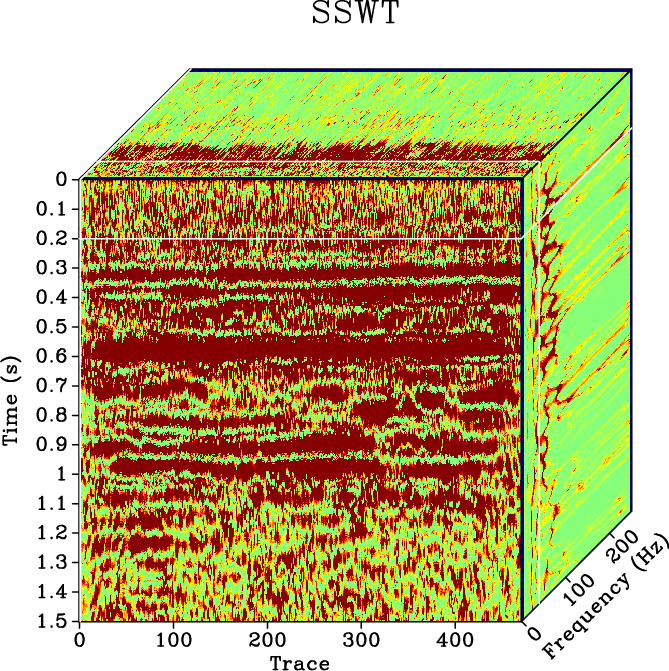
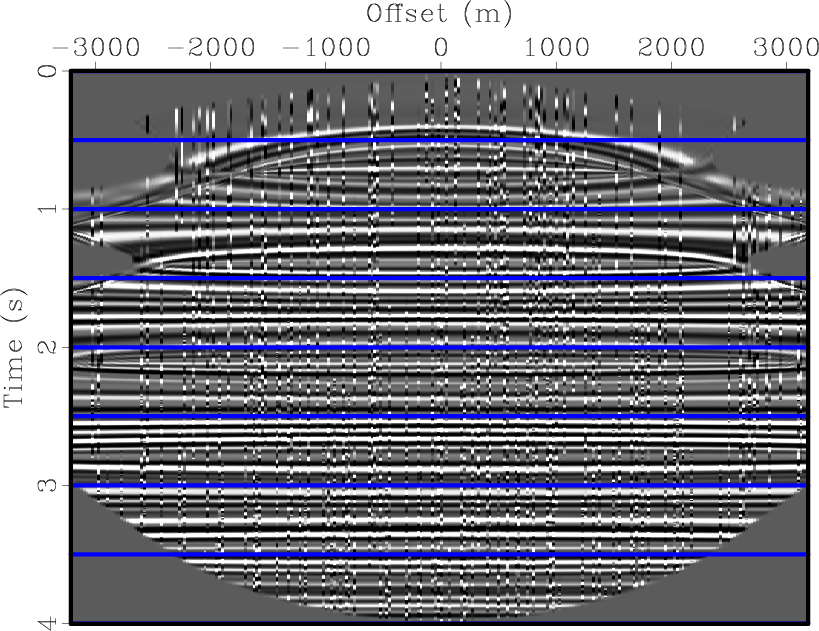
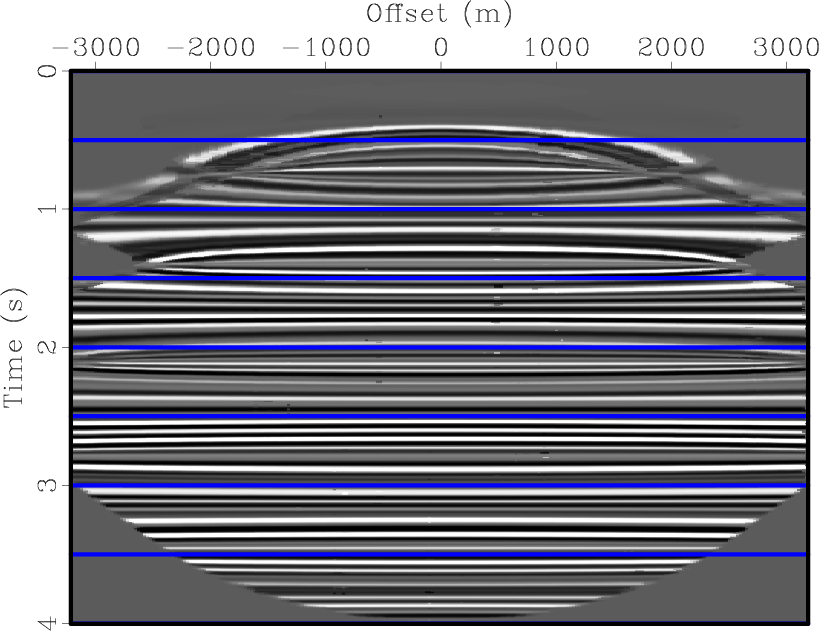
 Simultaneous editorials in
Simultaneous editorials in